Why Malaysian Millennials are Struggling to Own Homes: The Harsh Truth | RumahHQ
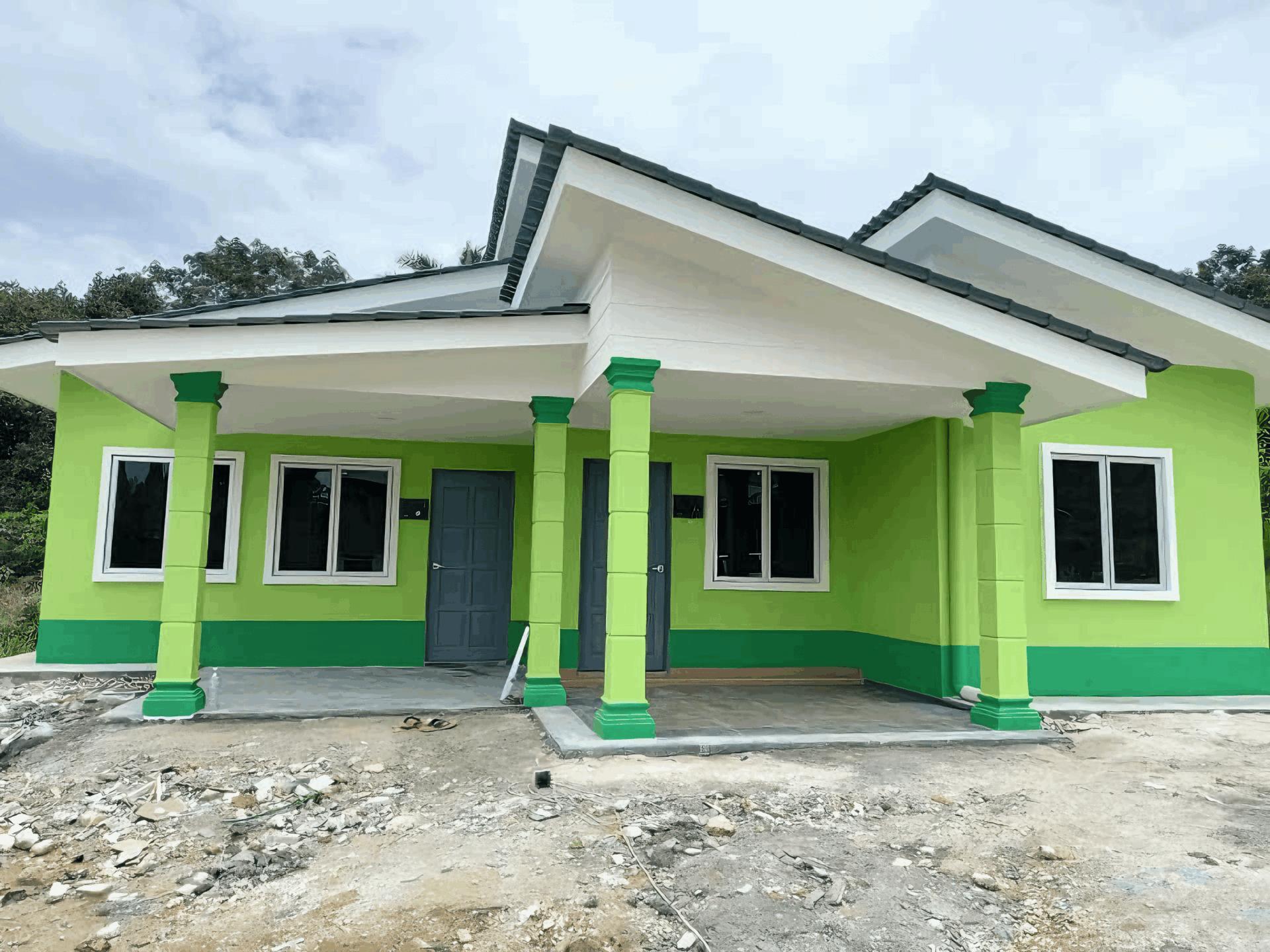
Why Malaysian Millennials are Struggling to Own Homes: The Harsh Truth
Let’s face it—most Malaysians dream of owning their own slice of paradise, a cozy little nest to call home. But for many millennials today, that dream feels more like chasing a mirage in the desert. As the cost of living skyrockets and property prices soar, the reality of homeownership isn’t just a hurdle; it’s a full-on obstacle course. From skyrocketing property prices and stagnant wages to the changes in lifestyle choices, the struggles are real and they are stacking up. In this article, we’re diving into the nitty-gritty of why so many young Malaysians are finding it tough to secure that dream home. So, grab a cup of kopi and let’s have an honest chat about the harsh truths facing the millennial generation in the Malaysian property market.
Understanding the Economic Landscape and Its Impact on Millennials
The current economic situation in Malaysia has presented a unique set of challenges for young adults. Rising living costs combined with stagnant wages have created a tough environment for millennials trying to save for their first homes. The financial landscape is heavily influenced by factors such as inflation rates, a volatile job market, and high property prices in urban areas. Many millennials find themselves caught in a cycle of renting amid escalating prices that outstrip their ability to save for a down payment.
Furthermore, the generational shift in values and priorities plays a significant role in the homeownership struggle. Unlike previous generations, millennials value experiences over possessions, which often leads to prioritizing spending on travel and leisure rather than saving diligently for property. This shift is compounded by the increasing challenge of student debt, leaving many feeling that the dream of owning a home is becoming increasingly elusive. The conundrum results in a stark choice between enjoying the present and securing a stable future.
To better understand the economic hurdles faced by millennials, let’s look at some key statistics:
| Factor | Percentage Impact |
|---|---|
| Stagnant Average Salaries | 5% Increase |
| Rising Property Prices in Urban Areas | 10%-15% Annually |
| Student Loan Debts | 25% of Millennials in Debt |
These numbers clearly illustrate that the path to homeownership is marred by economic realities. It’s not just a lack of effort or ambition; economic structures and shifting social priorities are deeply intertwining to make homeownership a distant possibility for many millennials.

The Rising Cost of Living: A Barrier to Homeownership
In recent years, many Malaysians have felt the pinch of rising living costs, which can push the dream of homeownership farther away. With housing prices skyrocketing, especially in urban centers like Kuala Lumpur and Penang, millennials are caught between the need for a stable home and the harsh reality of their financial situation. As everyday expenses, such as food, transportation, and utilities, continue to rise at an alarming rate, saving up for a down payment seems almost like an impossible task.
In fact, many young professionals are forced to prioritize their spending in ways that were unheard of a generation ago. They often find themselves grappling with some of the following dilemmas:
- Skyrocketing rental prices: It’s common for young people to spend a significant portion of their income on rent, leaving less room for savings.
- Student loans: Many are burdened with debt from education, which makes it harder to save for that all-important deposit.
- Job market competition: With so many vying for limited opportunities, wages have not kept pace with inflation, exacerbating the situation.
To further illustrate the pressing nature of this issue, consider the following table showing average monthly expenses and typical salaries for Malaysian millennials:
| Expense Category | Average Monthly Cost (MYR) | Average Monthly Salary (MYR) |
|---|---|---|
| Rent | 1,500 | 3,000 |
| Food | 800 | |
| Utilities (Electricity, Water) | 300 | |
| Transport | 400 |
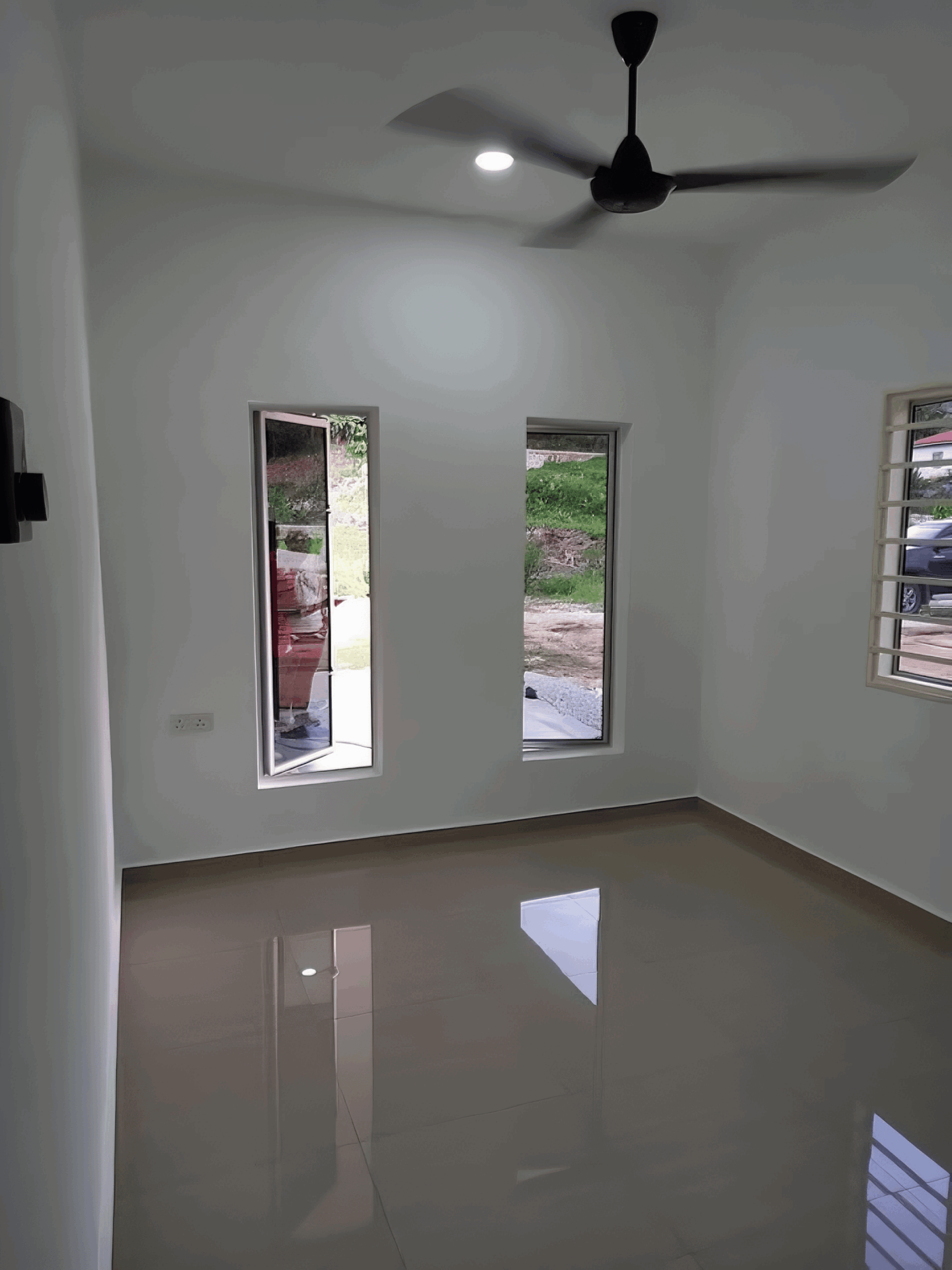
Wage Stagnation and Job Market Dynamics: Challenges for Young Buyers
For many young Malaysians, the journey to homeownership is increasingly rocky due to stagnant wages. Despite the rising cost of living and escalating property prices, salaries haven’t kept pace, creating a disparity that leaves many feeling trapped. In fact, a closer look reveals that a significant percentage of millennials in the workforce are earning less than what is necessary to secure a mortgage. This situation not only affects their ability to buy homes but also impacts their financial planning and lifestyle choices.
Job market dynamics have further complicated the scenario. Young buyers often find themselves competing in a crowded landscape where opportunities are limited, especially in fields that are saturated. Factors such as the growing gig economy and temporary contracts leave many without the stability that traditional employment offers. When you throw in the uncertainty of job security that has come to characterize the current economic climate, it’s clear why many young Malaysians are struggling to pull together the financial means for a down payment.
Moreover, the challenges posed by wage stagnation and job market barriers create a tough cycle. With limited disposable income, young buyers often prioritize essential expenses over savings. Here’s a quick look at some common financial pressures:
- Rising cost of rent
- Student loan debts
- Daily living expenses
- Healthcare costs
As these financial challenges mount, the dream of owning a home slips further out of reach for many. It’s a tough reality that too many young Malaysians are confronting daily as they navigate the complexities of today’s economic landscape.
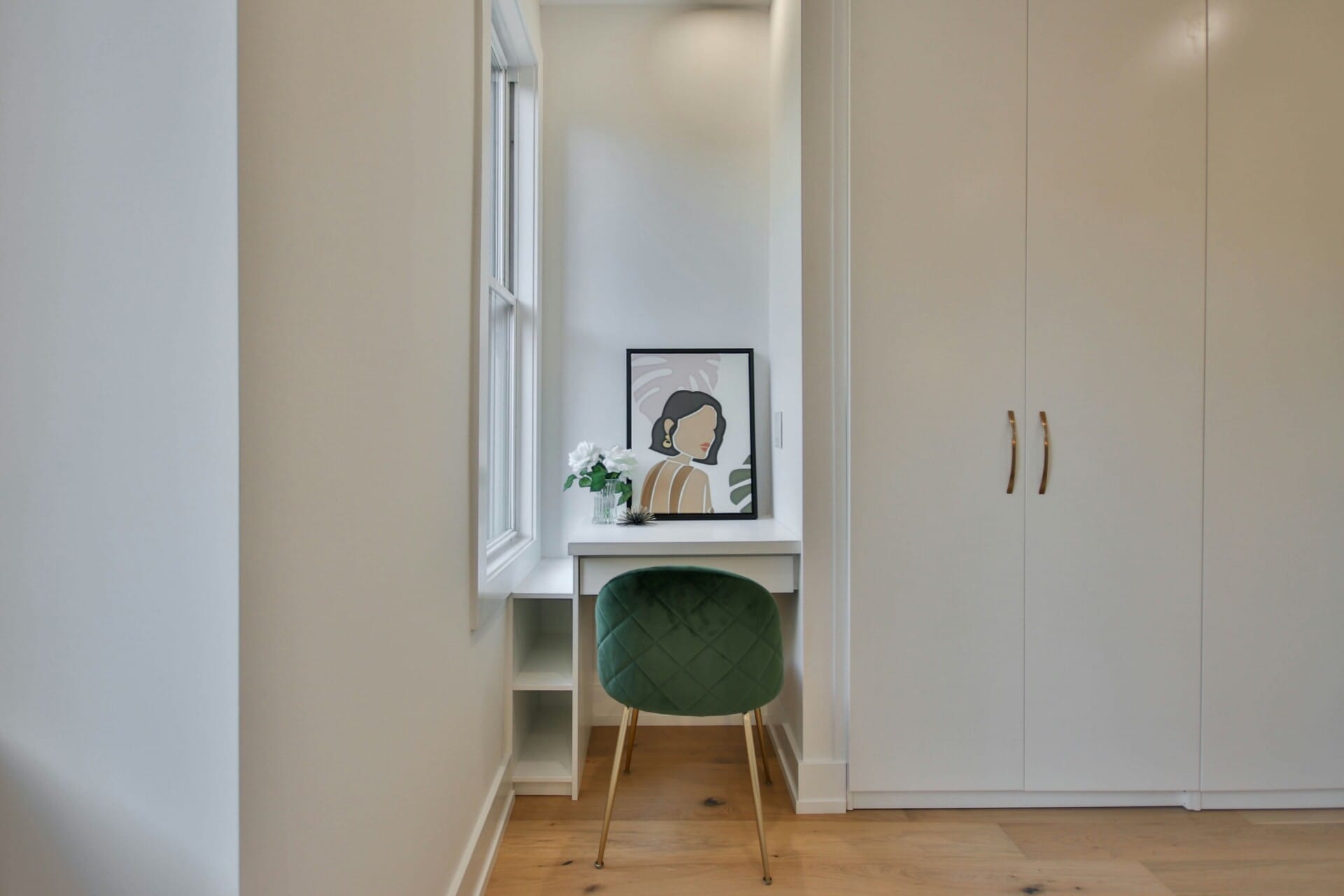
Navigating the Complexities of Property Financing and Loans
When it comes to buying property in Malaysia, the financing maze can feel like an epic quest. Mortgage loans offer a glimmer of hope, yet many millennials find themselves caught in a web of high interest rates, strict eligibility criteria, and overwhelming paperwork. It’s not just about having a steady income; banks often require a solid credit history and a sizeable deposit, which can be daunting for first-time buyers. The average income for millennials simply doesn’t keep pace with the spiraling costs of homes, making it even tougher to secure that initial foot in the door.
Then there’s the conundrum of Government Housing Initiatives. While programs like the PR1MA and the Home Ownership Campaign aim to ease the burden, many young Malaysians are still left on the sidelines. The eligibility requirements can be confusing, and there’s sometimes fierce competition for limited units. For many, the dream of owning their own home slips further away, as they remain trapped in a cycle of renting and rising living costs. The challenges don’t stop there—ongoing maintenance costs and the stress of rising property prices add layers of complexity to the dream of home ownership.
To put things into perspective, here’s a quick comparison of the financial parameters that impact property affordability:
| Aspect | Average Cost (RM) | Millennial Income (Monthly, RM) |
|---|---|---|
| Average Home Price | 500,000 | 3,000 |
| Minimum Deposit (10%) | 50,000 | – |
| Monthly Mortgage Payment (30 years @ 4%) | 2,387 | – |
| Average Rental Prices (Monthly) | 1,200 | – |
This table reflects just how challenging it is for young adults to break into homeownership. With discrepancies between income and housing costs, many are left feeling disheartened. Moreover, the shifting economic landscape further complicates matters, leaving millennials grappling with uncertainty and financial strain. The road to owning a home may be rocky, but understanding these complexities is the first step towards navigating the landscape.

The Role of Urbanization: Demand vs. Supply Dilemma in Housing
Urbanization has transformed cities across Malaysia, but this rapid growth has created a significant imbalance between the demand for housing and the supply available. As more millennials flock to urban areas for better job opportunities and lifestyles, the increased competition for homes escalates prices beyond what many can afford. With rising living costs, this trend poses a real challenge for young people looking to settle down.
On the supply side, property development has often prioritized luxury condos and high-end apartments, leaving a vast gap for affordable housing options. Developers are drawn to higher profit margins, oftentimes overlooking the needs of the local community. The consequence? A mismatch where millennials are left vying for limited affordable units in a sea of expensive offerings that don’t cater to their budgets or lifestyle preferences.
This dilemma pushes many young Malaysians towards alternative housing solutions, such as renting or co-living arrangements. Here’s a quick glance at the situation:
| Housing Option | Pros | Cons |
|---|---|---|
| Buying a Home | Equity Growth | High Initial Costs |
| Renting | Flexibility | No Ownership |
| Co-Living | Community Feel | Limited Privacy |
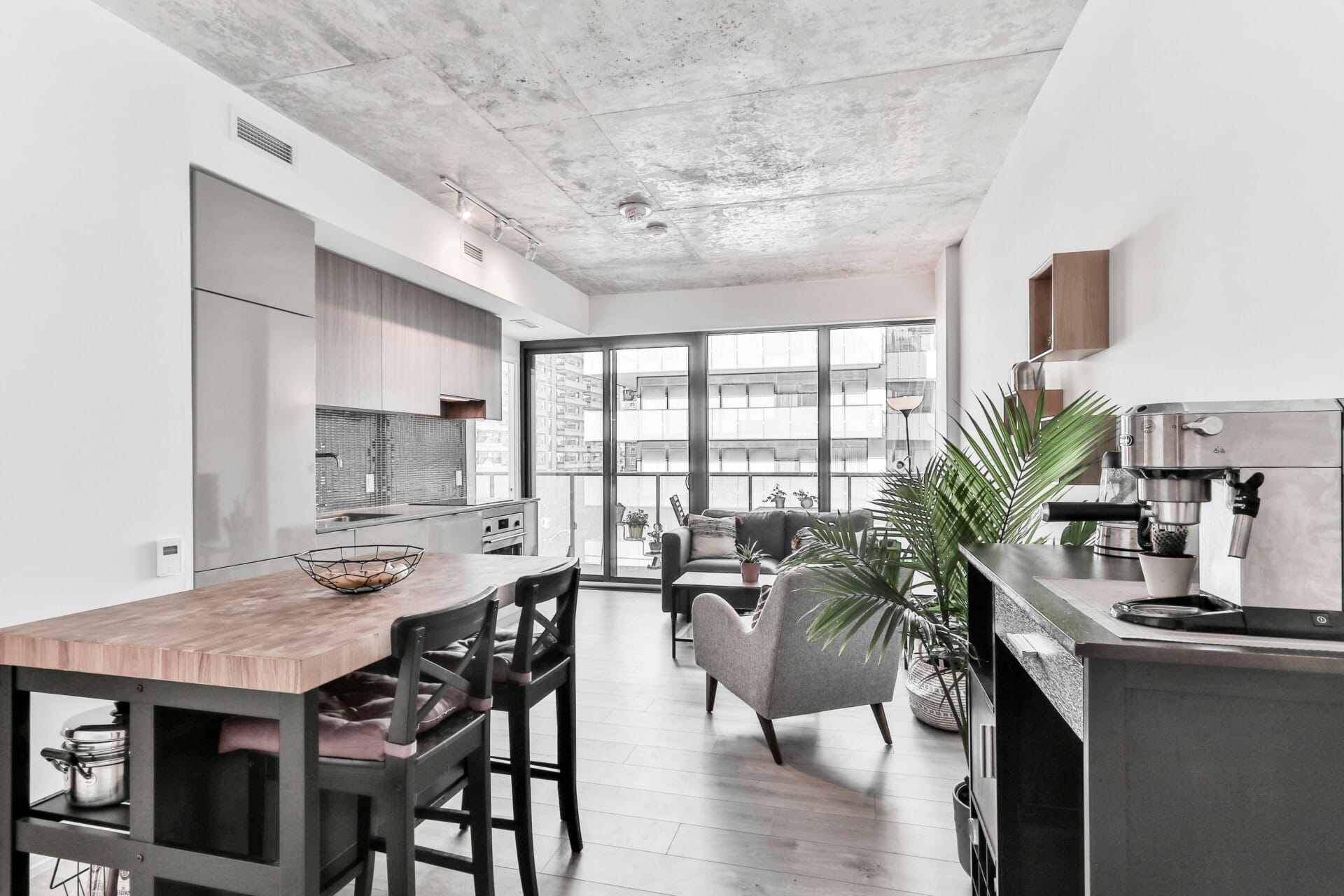
Cultural Expectations and Family Pressures in Home Buying Decisions
In Malaysia, home buying isn’t just a financial decision; it’s often intertwined with deep-rooted cultural expectations and familial pressures. Many millennials find themselves navigating a complex maze where personal dreams clash with traditional values. Parents may envision their children owning a home as a rite of passage, and this can create immense pressure to conform to those expectations, sometimes at the cost of one’s own financial stability or career aspirations.
The societal norms surrounding homeownership can also add another layer of stress. Young adults frequently feel compelled to purchase properties not merely as a place to live but as a symbol of success. This phenomenon leads to millennials making choices driven by status and appearances rather than genuine need or realistic budgeting. As such, there’s often an expectation to buy a new home rather than consider alternatives that may be better suited for them, such as renting or opting for shared living arrangements.
| Contributing Factors | Impact on Millennials |
|---|---|
| Parental Expectations | Increased financial pressure |
| Cultural Norms of Homeownership | Desire for status over practicality |
| Social Media Influence | Comparisons and unrealistic standards |
These pressures can create a disconnect from what many millennials truly desire. With escalating property prices, coupled with stagnant salaries, it is becoming increasingly challenging for them to keep up with these expectations. It’s important to foster open dialogues within families to reassess what home buying means, allowing space for personal choices and financial realities to coexist. Only then can future generations approach homeownership with clarity and confidence.

Innovative Solutions: Alternative Pathways to Achieving Homeownership
In the face of soaring property prices, many Malaysian millennials are looking for innovative ways to step onto the property ladder. One burgeoning solution is the rise of co-living spaces. Think of it as a mix between a chic apartment and a vibrant community. Residents can share common areas, reduce overall expenses, and often enjoy amenities like gyms and rooftop gardens, all while forming friendships in the process. With this model, homeownership becomes less of a solitary endeavor and more a shared experience.
Another pathway gaining traction is the rent-to-own scheme. This concept allows individuals to rent a property with the option to purchase after a set period. It’s a win-win; renters can live in their future home without the immediate financial burden of a hefty down payment. Plus, a portion of the rent goes towards the purchase price, making it a worthwhile investment over time. Such programs help relieve the initial pressure of home buying and can be an excellent stepping stone for those who aren’t quite ready to buy outright.
Lastly, the concept of micro-housing is turning heads in urban centers. These are compact living spaces designed to maximize efficiency and affordability. With less square footage and innovative designs, millennials can live in prime locations without the typical financial frets associated with traditional homes. Imagine pocket-sized homes that don’t compromise on style and functionality! Community-driven designs and shared-living models can further enhance the sense of neighborhood while making homeownership accessible.

Future Prospects: Strategies to Empower Malaysian Millennials in the Housing Market
To tackle the housing woes faced by Malaysian millennials, it’s crucial to foster an environment that empowers them. One way to initiate this change is through innovative financial education programs. By equipping young individuals with knowledge about mortgages, government grants, budgeting, and credit management, they can make informed decisions. Collaborating with financial institutions to create engaging workshops and seminars can directly address their concerns and obstacles in navigating the property market.
Another effective strategy involves the increase of flexible housing schemes tailored specifically to the needs of millennials. This could mean offering co-ownership models, which allow young buyers to partner with family or friends when purchasing property. Additionally, introducing rent-to-own programs provides an alternative pathway, allowing millennials to secure a home without the immediate need for hefty down payments. By restructuring how property ownership is approached, we can create more viable options for this generation.
Lastly, we must leverage technology to enhance accessibility and transparency in the housing market. A dedicated digital platform could serve as a one-stop hub where millennials can access resources on available properties, prices, and potential funding options. Incorporating user-friendly tools, such as mortgage calculators and property comparison features, could demystify the buying process. This approach not only simplifies homeownership but also fosters a sense of community, helping young buyers connect, share experiences, and support one another in their home-buying journeys.
Insights and Conclusions
As we wrap up this deep dive into the challenges facing Malaysian millennials on their quest for homeownership, it’s clear that there’s no one-size-fits-all answer. From soaring property prices to stagnant wages and rising living costs, the landscape can feel pretty daunting. But it’s not all doom and gloom. Awareness is the first step toward change, and understanding the why behind these struggles could spark conversations that lead to solutions.
So, whether it’s policy changes from the government, innovative housing solutions from developers, or creative financial planning from individuals, there’s potential for a shift. Let’s keep the dialogue going. After all, a home is more than just a roof over our heads; it’s the foundation of our dreams and aspirations. Here’s hoping for brighter days ahead for all aspiring homeowners in Malaysia!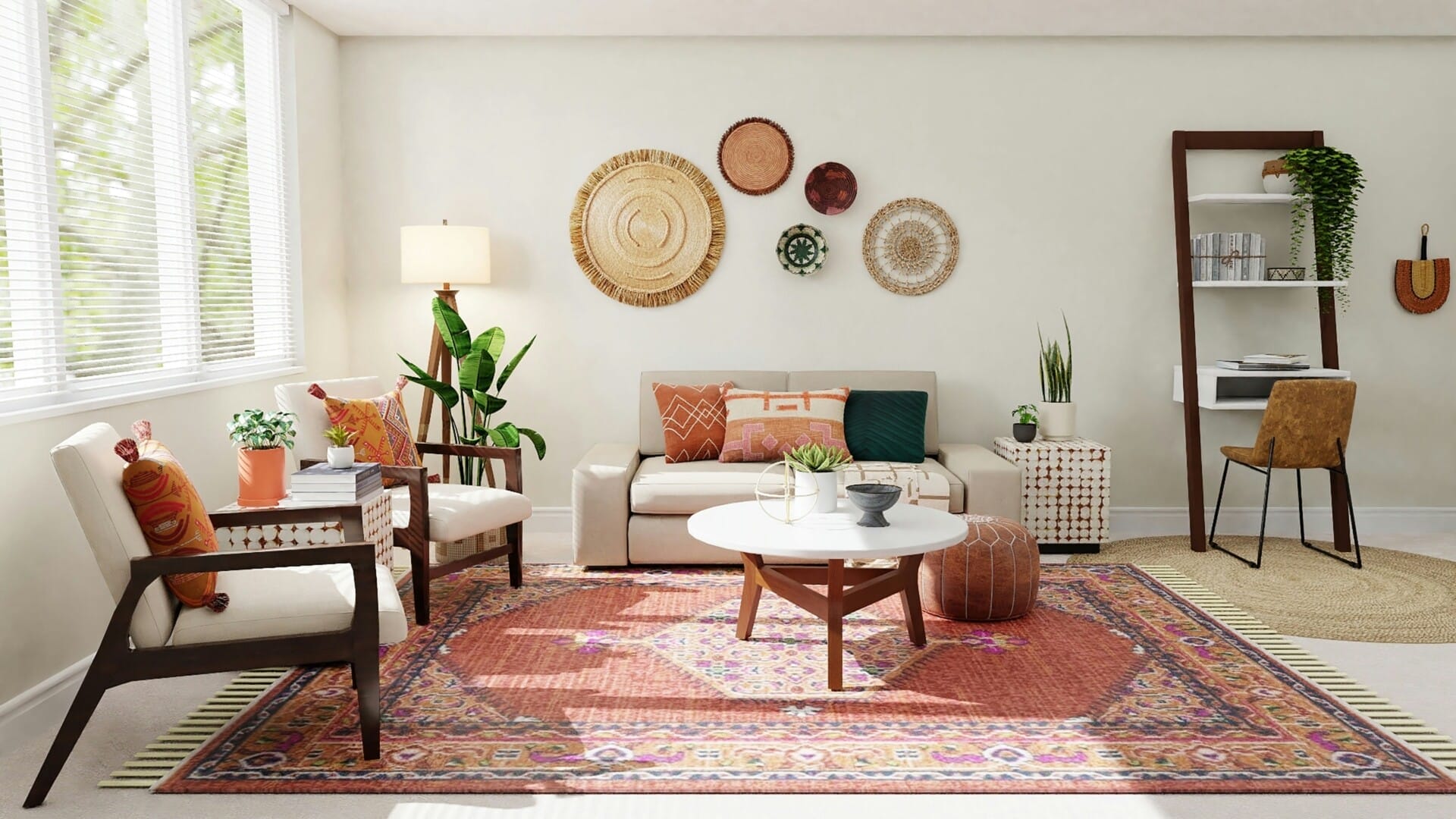
kontraktor rumah
bina rumah
pinjaman lppsa
pengeluaran kwsp
spesifikasi rumah
rumah batu-bata
pelan rumah
rekabentuk rumah
bina rumah atas tanah sendiri
kontraktor rumah selangor
rumah banglo
Source link











